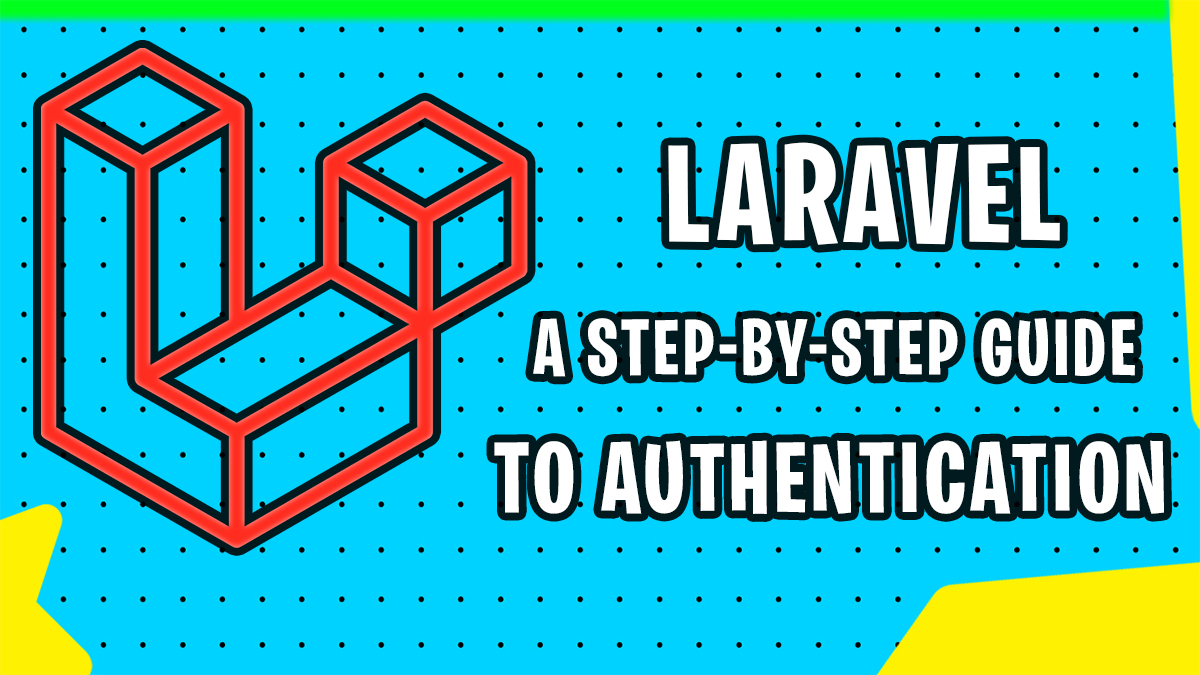Introduction
Authentication is a critical part of any web application, and Laravel makes it easy to implement. In this post, we’ll take you through the process of implementing authentication and authorization in your Laravel application. We’ll cover the basics of authentication, including login and registration forms, password resets, and access control.
Step 1: Install Laravel
Before we can start building our authentication system, we need to install Laravel. We recommend using Laravel’s installer to create a new Laravel project:
composer create-project laravel/laravel example-appStep 2: Install Laravel UI
Laravel UI provides a set of pre-built authentication views and controllers that we can use to get up and running quickly. To install Laravel UI, run the following command:
composer require laravel/ui vue --auth
This command will generate the views and controllers needed for authentication using the Vue.js JavaScript framework.
Step 3: Run Migrations
Before we can start using our authentication system, we need to run the migrations to create the necessary tables in our database. Run the following command to run the migrations:
php artisan migrate
This will create the necessary tables, including a users table, which will store user information.
Step 4: Configure Email
To enable password resets, we need to configure email. In the .env file, set the MAIL_DRIVER to smtp and add your email credentials:
MAIL_DRIVER=smtp
MAIL_HOST=smtp.gmail.com
MAIL_PORT=587
MAIL_USERNAME=your-email@gmail.com
MAIL_PASSWORD=your-email-password
MAIL_ENCRYPTION=tls
Step 5: Testing the Authentication System
At this point, our authentication system is ready to be tested. Run the following command to start the development server:
php artisan serve
Now, you can visit http://localhost:8000/register to register a new user. After registering, you’ll be redirected to the login page, where you can enter your credentials to log in.
Step 6: Access Control
To restrict access to certain parts of your application, we can use Laravel’s built-in middleware. Which is called “auth”
Route::get('/admin', function () {
//
})->middleware('auth');Conclusion:
Laravel makes it easy to implement authentication and authorization in your web application. By using Laravel UI and following the steps outlined in this post, you can quickly add authentication to your Laravel application, including login and registration forms, password resets, and access control.
